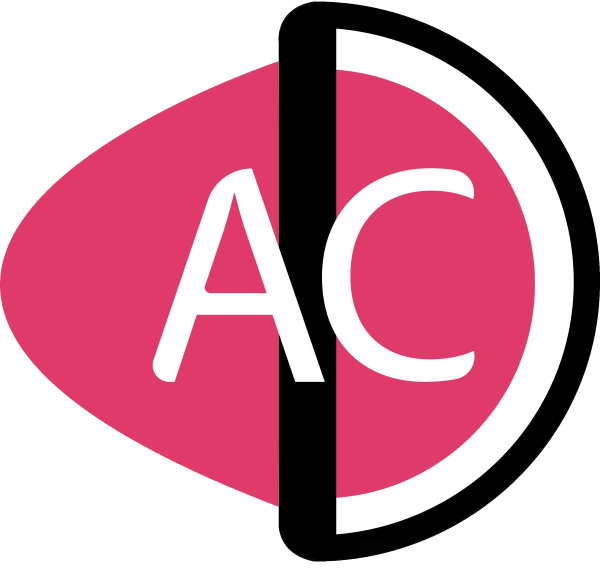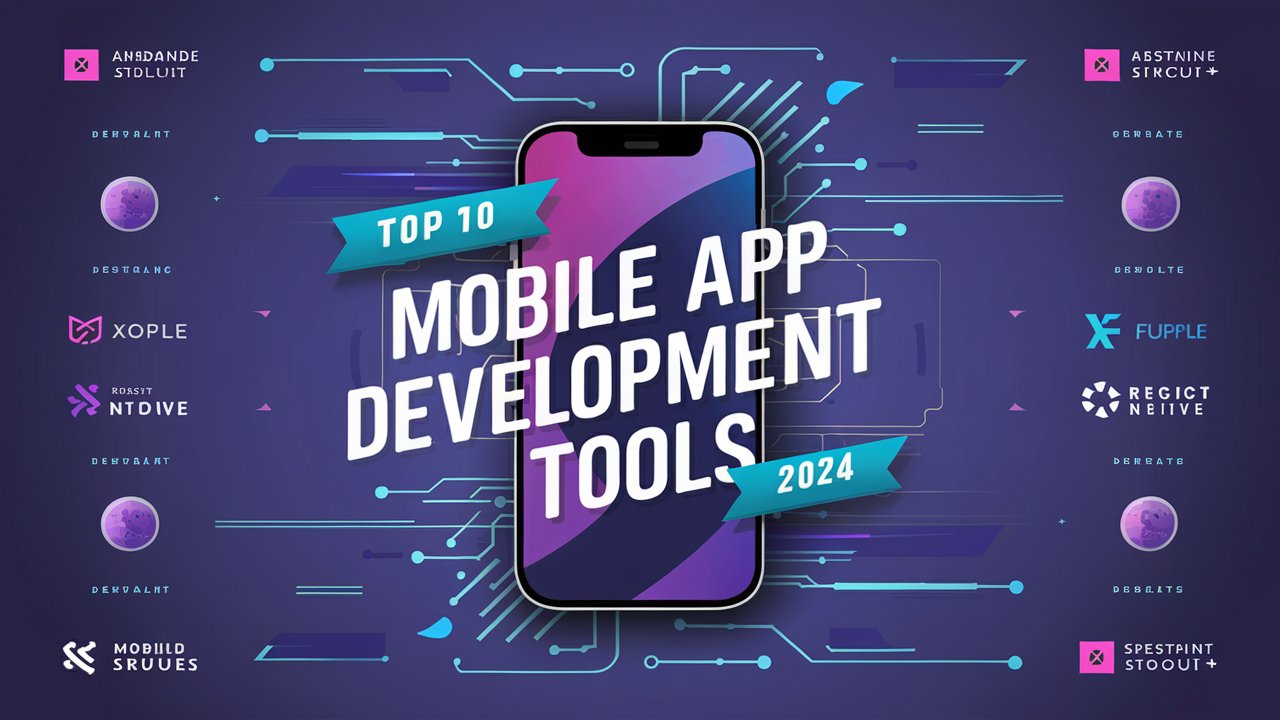Mobile app development has evolved dramatically over the years. In 2024, developers have access to many powerful tools designed to simplify the development process, enhance performance, and create stunning user experiences. Choosing the right development tool is crucial whether you’re developing for iOS, Android, or both. This article will explore the top 10 mobile app development tools of 2024, providing detailed insights to help you make an informed decision.
| Tool | Platform | Pricing | Key Features |
| Flutter | iOS, Android | Free | Fast Development, Expressive UI, Hot Reload |
| Android Studio | Android | Free | Robust IDE, Emulator, Code Editor |
| Xamarin | iOS, Android | Free/Commercial | Cross-Platform, .NET Integration, Native Performance |
| Sencha Touch | iOS, Android | Paid | High Performance, UI Components, MVC Architecture |
| Apache Cordova | iOS, Android | Free | HTML5, CSS3, JavaScript Integration, Plugin Architecture |
| React Native | iOS, Android | Free | Fast Performance, Rich Ecosystem, Hot Reload |
| Swift | iOS | Free | Modern Syntax, Fast Performance, Safe |
| Kotlin | Android | Free | Interoperable with Java, Concise Syntax |
| Unity | iOS, Android | Free/Commercial | 2D/3D Support, Strong Graphics, Multi-platform |
| Ionic | iOS, Android | Free | Cross-Platform, Web Technologies, Plugins |
Here are the summary details of mobile app development tools.
1. Flutter
Using a single codebase, Flutter is an open-source UI software development kit from Google that allows developers to construct fully built desktop, web, and mobile applications.
Key Features
Quick Development: Developers can see changes right away thanks to the rapid reload capability.
Offering a large selection of customizable widgets, the UI is expressive and flexible.
Native Performance: The Dart programming language shows high performance.
Costing
Using Flutter is free.
Benefits and Drawbacks
Benefits include quick development, a single codebase for several platforms, and robust community backing.
Cons: Fewer third-party libraries and larger app sizes.
Optimal Applications
Ideal for startups and MVPs that need to enter the market quickly.
Perfect for programs that need a highly personalized user interface.
2. Android Studio
Built on top of JetBrains’ IntelliJ IDEA software and intended exclusively for Android development, Android Studio is the official integrated development environment (IDE) for Google’s Android operating system.
Key Features
Strong IDE: Contains development, testing, and debugging tools.
An Android emulator with lots of features.
Real-time analysis, refactoring, and sophisticated code completion are all provided by the intelligent code editor.
Costing
The use of Android Studio is free.
Benefits and Cons
Pros: Good performance, extensive testing tools, and strong support for Android.
Cons: Expensive resources and a challenging learning curve for newcomers.
Optimal Applications
Ideal for developers who just work on Android applications.
Ideal for intricate, large-scale Android applications.
3. Xamarin
Microsoft owns Xamarin, a well-liked solution for creating cross-platform mobile applications with C# and.NET.
Key Features
Cross-Platform: a method of “write once, run anywhere.”NET Integration: Makes use of the vast.NET community.
High performance is achieved by compiling native code.
Costing
For individuals and small businesses, it is free; enterprise pricing is also offered.
Benefits and Cons
Advantages: Strong Microsoft support, native performance, and reusable code.
Cons: Potential compatibility problems and larger app sizes.
Optimal Applications
Perfect for companies who already have .NET experience.
Ideal for high-performance, enterprise-level applications.
4. Sencha Touch
Sencha Touch is a JavaScript web framework or user interface library designed with mobile web browsing in mind. It enables programmers to create mobile applications with JavaScript, HTML5, and CSS3.
Important Elements
High Performance: Designed to operate at peak efficiency on mobile devices.
Rich User Interface: A vast collection of UI elements for mobile applications.
Model-View-Controller architecture is supported by MVC architecture.
Costing
Sencha Touch is a premium utility; the cost varies according to the license.
Benefits and Cons
Advantages: Excellent support, extensive UI elements, and high performance.
Cons: More expensive than competing tools, and a steep learning curve.
Optimal Applications
Ideal for business applications that need a rich user interface and strong performance.
Appropriate for web developers with experience with JavaScript.
5. Apache Cordova
With the help of Apache Cordova, an open-source mobile development framework, cross-platform development is made possible using common web technologies like HTML5, CSS3, and JavaScript.
Important Elements
Integrate HTML5, CSS3, and JavaScript: Make use of current web technologies for mobile applications.
Plugin Architecture: Use native plugins to expand the functionality.
Cross-Platform: Utilize a single codebase to create apps for several platforms.
Costing
The use of Apache Cordova is free.
Benefits and Cons
Benefits: wide plugin compatibility, cross-platform, free.
Cons: Limited native UI components and potential performance issues.
Optimal Applications
Perfect for web developers who want to learn how to design mobile applications.
Ideal for applications ranging from simple to moderately complicated.
6. React Native
Facebook created React Native, a well-liked framework for creating native mobile applications with JavaScript and React.
Important Elements
Quick Performance: Performance close to native.
Hot Reload: Enables modifications in real time while developing.
Rich Ecosystem: Lots of community support and libraries.
Costing
You can use React Native for free.
Benefits and Cons
Positives: Huge community, quick development, and lots of libraries.
Cons: This may cause performance problems for complex projects and requires an understanding of React.
Optimal Applications
Ideal for massive user bases and complicated user interfaces in apps.
Ideal for new businesses and organizations seeking quick growth cycles.
7. Swift
Apple’s sophisticated and user-friendly programming language, Swift, is used to create apps for iOS, macOS, watchOS, and tvOS.
Important Elements
Code is safer and cleaner using modern syntax.
Quick Performance: Safety and performance have been maximized.
Interface: Easily integrates with Objective-C.
Costing
Swift can be used without cost.
Benefits and Cons
Pros: Excellent performance, cutting-edge features, robust Apple support
Cons: Learning curve for new developers; restricted to the Apple environment.
Optimal Applications
Ideal for developers who work on iOS apps.
Ideal for iOS apps with lots of features and excellent performance.
8. Kotlin
The official language for Android development is Kotlin, which is compatible with Java and has full backing from Google.
Key Features
Short Syntax: Cuts down on boilerplate code.
Compatible with Java: easily incorporates Java code that already exists.
Features of Modern Languages: includes attributes such as extension functions and null safety.
Costing
Using Kotlin is free.
Benefits and Cons
Advantages: Google completely supports modern syntax, and it integrates with Java.
Cons: Smaller community than Java; limited to Android development.
Optimal Applications
Best suited for Android developers searching for a contemporary Java substitute.
Ideal for both recently released and classic Android apps.
9. Unity
Mobile app creation is supported by Unity, a potent platform for game development. It is extensively utilized in the development of 2D and 3D applications.
Important Elements
Support for 2D and 3D: Entire suite of tools for producing interactive 2D and 3D media.
Strong Graphics Capabilities: Visual effects and high-performance rendering.
Support for Multiple Platforms: Install on both iOS and Android.
Costing
Unity has premium plans for more sophisticated capabilities and a free version with restricted features.
Benefits and Cons
Advantages: Adaptable, robust community, good graphic capabilities.
Cons: Stricter learning curve for non-game developers; may be excessive for straightforward projects.
Optimal Applications
Perfect for producers of video games and apps that need high-quality graphics.
Ideal for interactive experiences and AR/VR applications.
10. Ionic
Popular open-source framework Ionic is used to create hybrid mobile apps with web technologies including JavaScript, HTML, and CSS.
Important Elements
Cross-Platform: Create once, and implement globally.
Makes use of well-known online technologies.
Plugins: Cordova/Capacitor plugins provide access to native device functionality.
Costing
Ionic offers additional paid services in addition to being free to use.
Benefits and Drawbacks
Positives: A large plugin library, robust community support, and ease of learning.
Cons: Dependency on web technologies, maybe lower performance than native programs.
Optimal Applications
ideal for web developers moving into the mobile space.
Ideal for hybrid apps with a shared codebase that must operate on several platforms.

